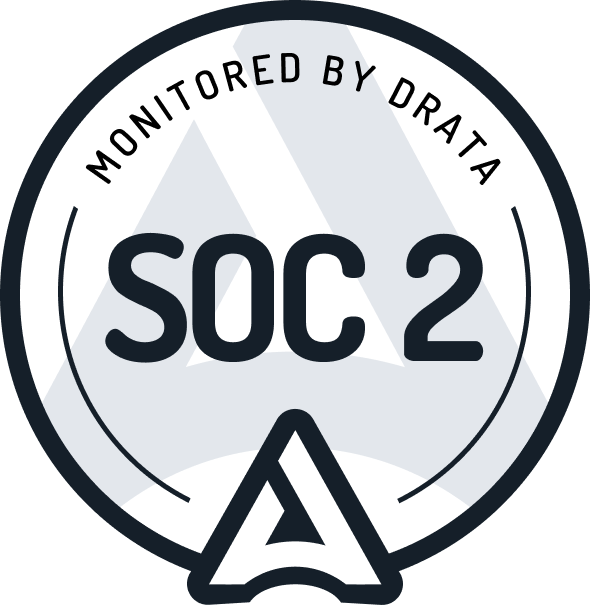Preventing burnout with self-care isn’t just about making space for a coffee run or bubble bath. Though both of those are wonderful ways to decompress, burnout is a critical aspect of leadership that is tough to pin down with a KPI. Burnout is a state of emotional, physical, and mental exhaustion caused by excessive and prolonged stress. It occurs when you feel overwhelmed, emotionally drained, and unable to meet constant demands.1
Signs of Burnout
As a leader, one might wrongfully assume a person’s downgraded performance is due to something other than the fact that they may be experiencing burnout. Many professionals experience burnout because they feel an extreme amount of ownership of their role to the point that their role becomes their identity. But, as Self-Care Consultant and Author Cheya Thousand stated in her episode of Voices of Inclusion, "You are not the work you do. You are the person you are.” Many of us identify with the work we do. But if we allow our work to be the sole thing that identifies us, neglecting the needs of our mind and body, burnout is never far in front of us. That’s why it’s important to consistently speak with your team members about the potential of experiencing burnout.
Establish a Safe Space
The first step in talking about burnout and mental wellness in the workplace is to create an environment that feels safe and comfortable for everyone involved. No one person’s struggles are the exact same as another, and it’s important to leave room for the whole spectrum of emotion and experience.
The tone you set is crucial to making your team members feel welcome and comfortable in a safe and trusted environment. Once that safe space is established, they may have time to adjust and share their thoughts candidly. Listen to your team members, be receptive, and then brainstorm and collaborate towards inspiring and inclusive goals. Roughly 77% of employees have felt burnout in their current role, so it’s likely that members of your team feel it.2
Understanding & Removing Shame
Shame is one of the leading reasons why employees don’t volunteer information about their mental health and burn out in fear that the requirement of some time away is a weakness. Leading by sharing a personal story about burnout could normalize the subject, making them comfortable with communicating that they’re burned out and overworked. If team members have the collective understanding that self-care is normal practice, shame could be eradicated. Also, consider using code phrases like “Orange flag” as a team-wide signal for needing a breather.
Strategies to Avoid Burnout: Building a Wellness-Centric Culture
Oftentimes leaders have a great impact on the wellness culture of a team. Within the last decade, many employers have been combatting burnout to help employees in some specific ways including offering flexible work hours, encouraging PTO to avoid burnout, starting a wellness program, or even providing team members with counseling and therapy services. Studies show conclusively that employees who feel supported at work are 13% more productive.3 Companies like Mathison and others have a wellness plan for our employees that includes Wellness Sessions taught by our Wellness coach
Getting a sense of how employees feel and implementing inclusive DEI systems that support those values are key. Also, encouraging team members to take time to recharge could increase levels of trust and productivity. By implementing a wellness-centric culture and programs to safeguard employees’ mental health and wellness, organizations can empower and revitalize their team members in the process.
Sources
- By Melinda Smith, M.A., Jeanne Segal, Ph.D. and Lawrence Robinson, What is Burnout?, Helpguide.org
- Jen Fisher, US Chief Well-being Officer, Workplace Burnout Survey, Deloitte
- The University of Oxford, Happy Workers are 13% More Productive, 2019
- Four Ways Mental Health is Shamed, Discovery Mood Program
.png)














